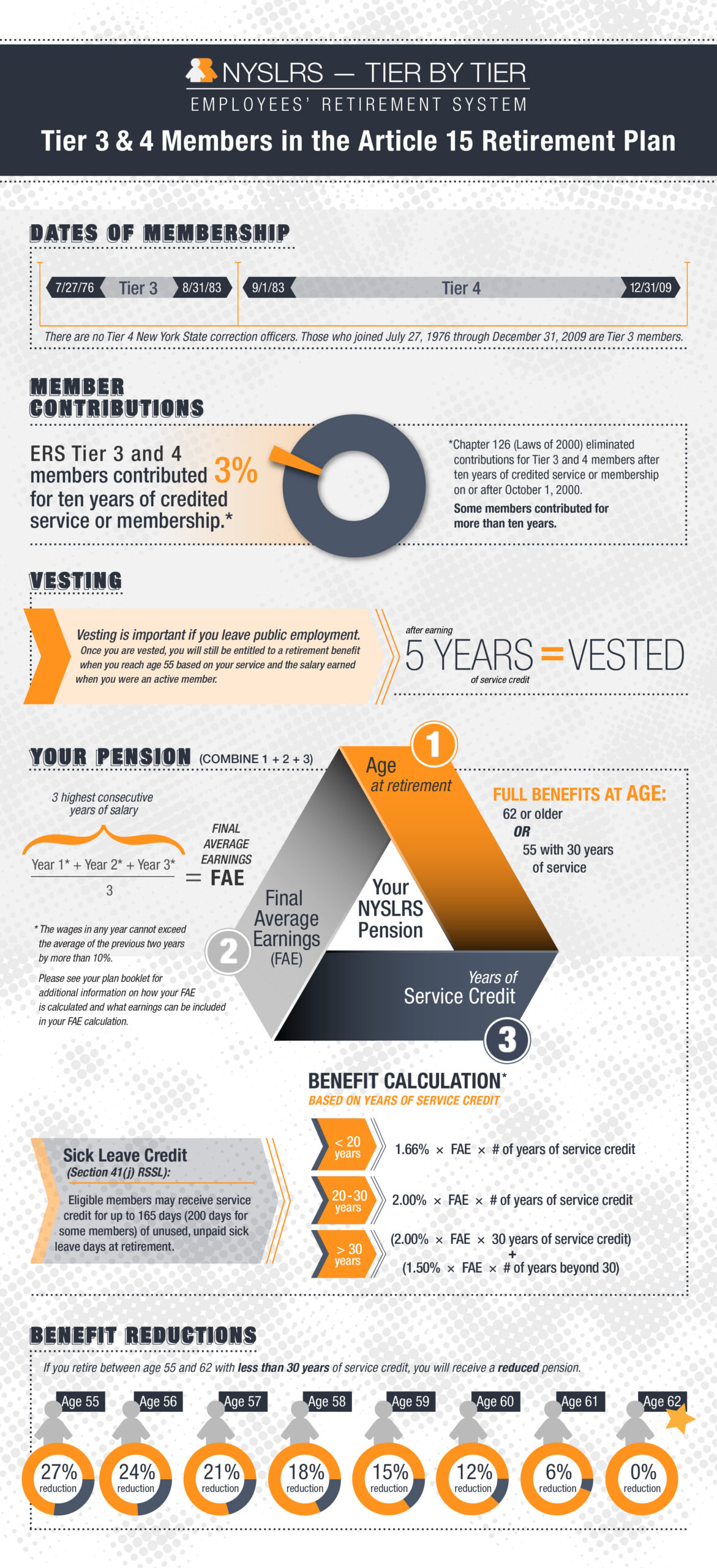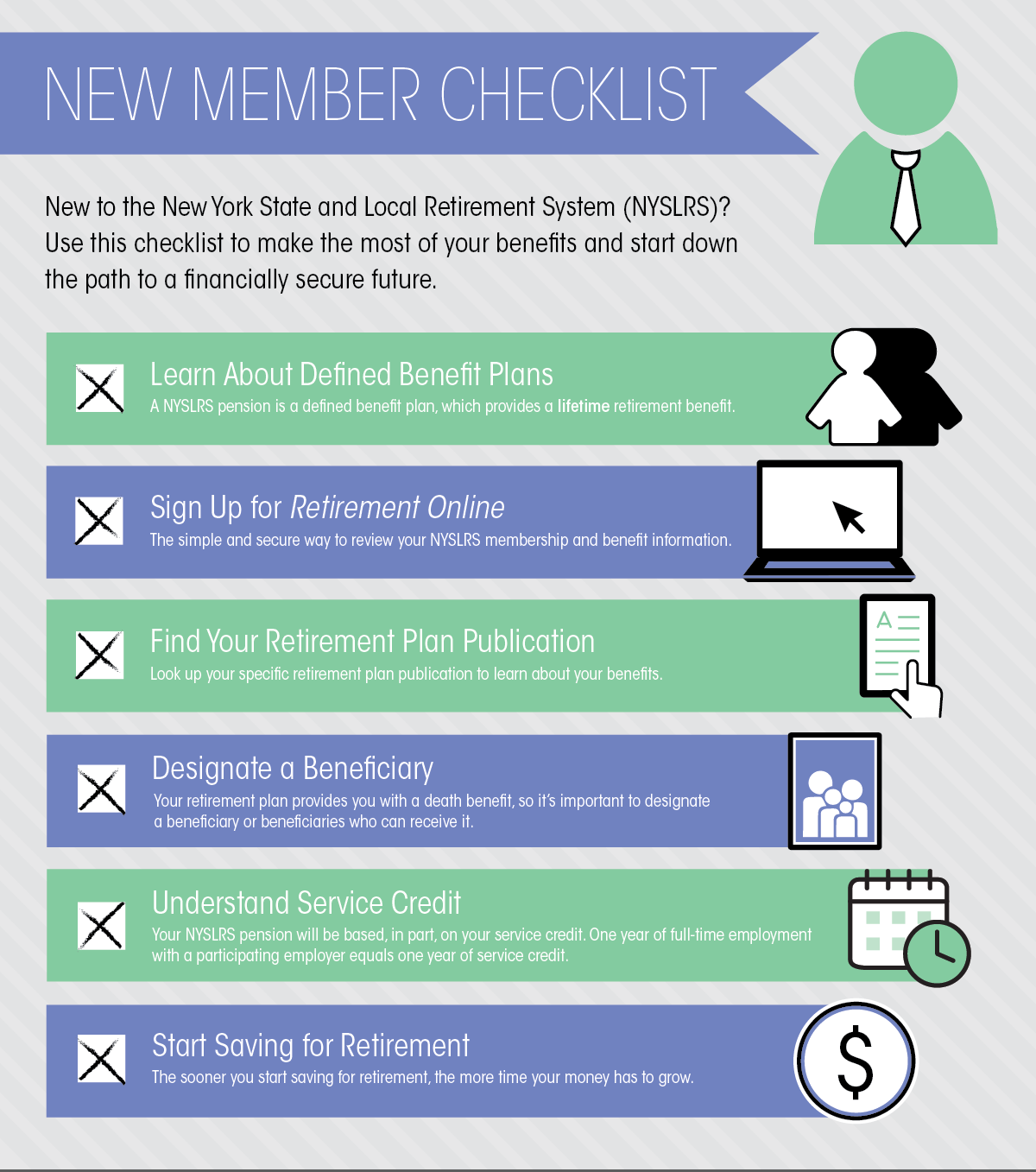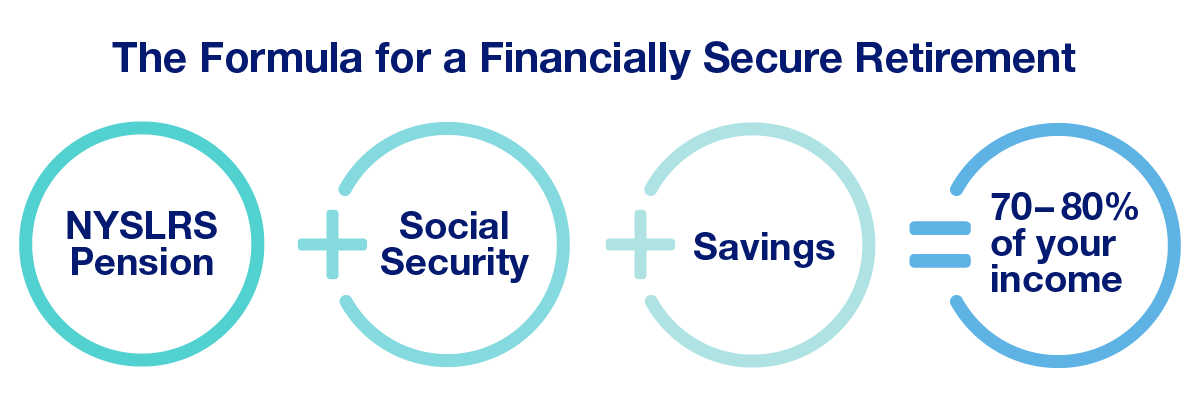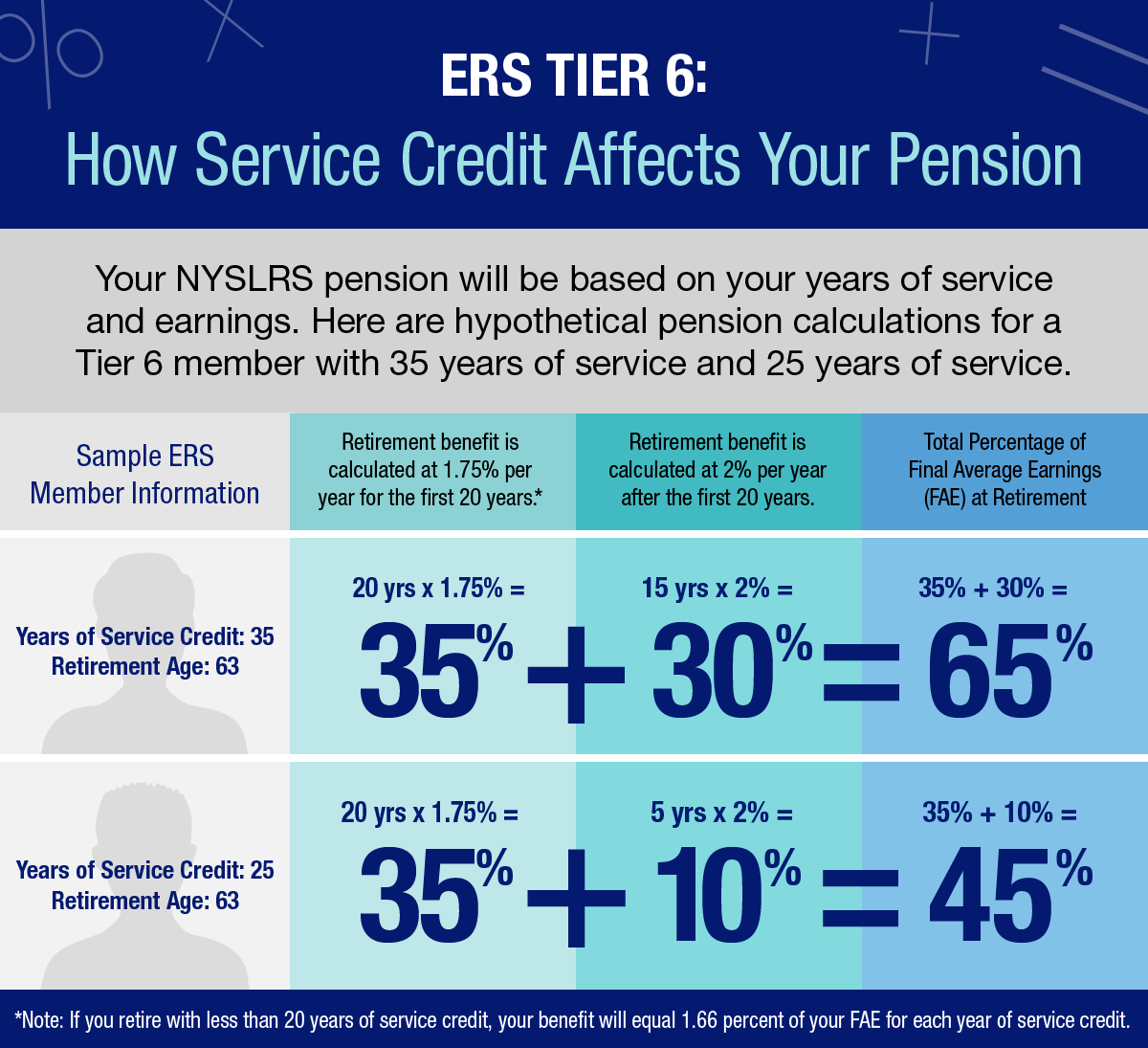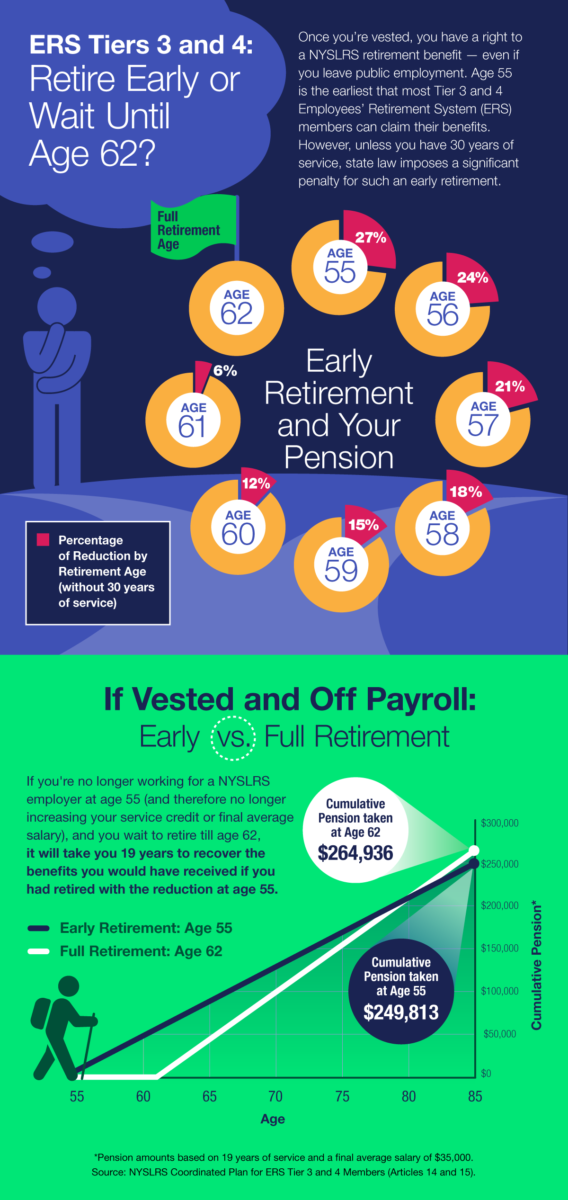When you join the New York State and Local Retirement System (NYSLRS), you’re assigned a tier based on the date of your membership. This post looks at Tier 6 members of the Police and Fire Retirement System (PFRS).
Your tier determines such things as your eligibility for benefits, the calculation of those benefits, death benefit coverage and whether you need to contribute toward your benefits.
PFRS has five tiers. Anyone who joined PFRS on or after April 1, 2012 is in Tier 6. There are 16,027 Tier 6 members, which accounts for more than 45 percent of PFRS membership, making it the second largest PFRS tier.
About Regular Plans and Special Plans
Under a regular retirement plan, you need to reach certain age and service requirements to receive your NYSLRS pension. If you’re covered by a special retirement plan, there is no age requirement, and you can receive your pension after completing 20 or 25 years of service.
Eighty percent of PFRS members are in plans covered under Sections 384, 384-d, 384-e or 384-f of the New York State Retirement and Social Security Law. Read our Police and Fire Retirement System blog post for information about different PFRS plans.
Check out the graphic below for the basic retirement information for PFRS Tier 6 members.

Where to Find PFRS Tier 6 Information
For more information about PFRS Tier 6 membership, find your NYSLRS retirement plan publication. It’s a comprehensive description of the benefits provided by your specific plan.
You can check your service credit total and estimate your pension using Retirement Online. Most members can use our online pension calculator to create an estimate based on the salary and service information NYSLRS has on file for them. You can enter different retirement dates to see how your choices would affect your potential benefit.
As of April 9, 2022, Tier 5 and 6 members only need five years of service credit to be vested. Tier 5 members with five or more years of service can estimate their pension benefit in Retirement Online. If you are a Tier 6 member with between five and ten years of service credit, you can contact us to request a benefit estimate.





